1. There’s a Planet Where It Rains Glass – Sideways
If you think Earth’s weather is dramatic, wait until you hear about
HD 189733b, a planet 64 light-years away from us. This “hot Jupiter” exoplanet has skies filled with silicate particles, which means
it literally rains glass. But that’s not the craziest part — fierce winds exceeding
5,400 mph (8,700 km/h) blow the glass sideways, turning rain into deadly shards traveling faster than a speeding bullet.
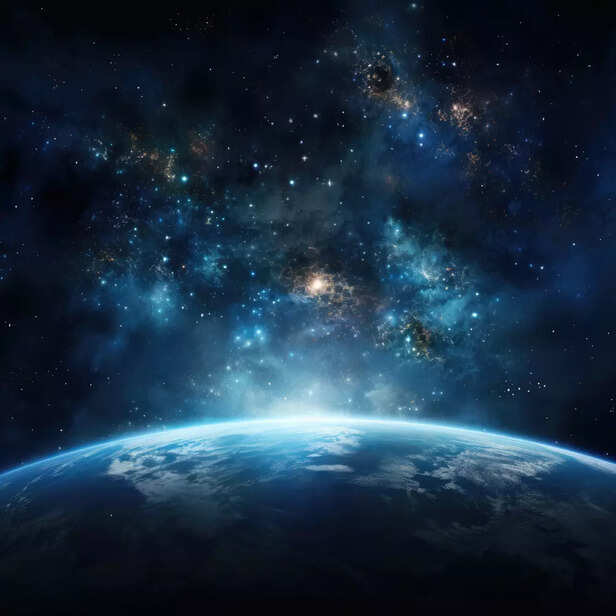
jupiter
Discovered in 2005, HD 189733b is one of the most studied exoplanets due to its vivid blue color and extreme climate. Its rich blue hue might remind you of Earth’s oceans, but don’t be fooled — this planet is anything but hospitable. Temperatures reach nearly
1,000°C (1,800°F), and its violent atmosphere makes it one of the most extreme weather systems ever observed outside our solar system.
2. Space Isn’t Completely Silent — It Sings in Waves
You’ve probably heard that “in space, no one can hear you scream.” That’s mostly true — sound needs a medium to travel through, like air or water, and space is mostly a vacuum. But that doesn’t mean space is completely silent.
Black holes, planets, and even stars produce “sounds” in the form of electromagnetic vibrations.
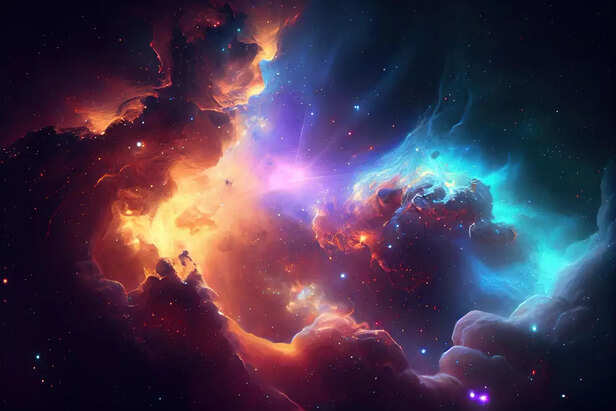
wave sound
In 2022, NASA released a sonification of data from the Perseus galaxy cluster, where astronomers had detected pressure waves emitted by a black hole. These waves were converted into audible sound — a kind of eerie cosmic symphony. It turns out the universe is full of “music,” we just can’t hear it with our ears.
So while you won’t hear explosions or sci-fi laser battles in real life, space is humming with frequencies, some of which can be transformed into the haunting soundtrack of the cosmos.
3. A Day on Venus Is Longer Than Its Year
Here’s a cosmic paradox: on Venus, a single day lasts longer than an entire year. Venus has an extremely slow rotation speed — it takes
243 Earth days to complete one full spin on its axis. Meanwhile, it orbits the Sun in
225 Earth days, making a Venusian year shorter than a Venusian day.
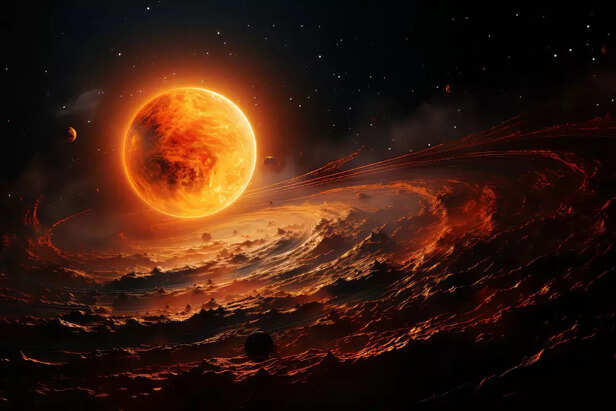
venus
And to make things even more bizarre, Venus rotates backward compared to most other planets in our solar system. This retrograde rotation means that if you could stand on its surface (good luck surviving the 465°C temperature and crushing pressure), you’d see the Sun rise in the west and set in the east — a complete reversal of what we experience on Earth.
4. There’s a Gigantic Water Reservoir in Space
Think Earth has a lot of water? Think again. In 2011, scientists discovered a massive cloud of water vapor surrounding a quasar 12 billion light-years away. This reservoir contains 140 trillion times more water than all the oceans on Earth combined.
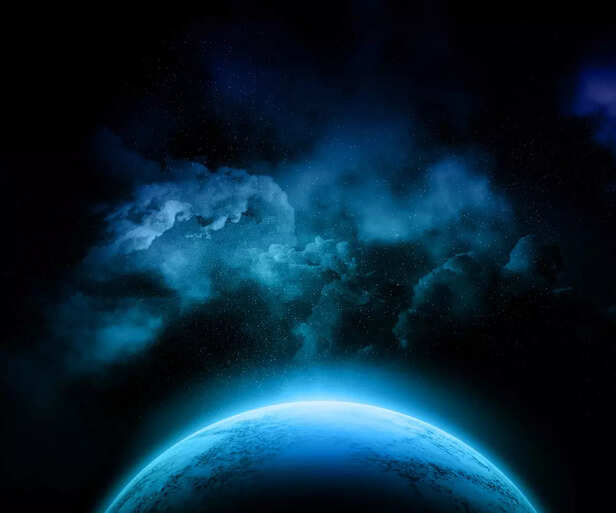
water cloud
This interstellar water cloud is the largest and farthest water source ever found in the universe. It surrounds a black hole and stretches hundreds of light-years across. The presence of water so early in the universe (just 1.6 billion years after the Big Bang) challenges assumptions about the formation of galaxies and life-essential compounds.
In other words, water — the building block of life — may have been more common in the early universe than previously thought. That’s a big deal for scientists hunting for alien life.
5. Neutron Stars Are So Dense, a Teaspoon Weighs a Billion Tons
Imagine taking a sugar spoon and scooping a bit of material from a neutron star. That seemingly innocent teaspoon would weigh about a billion tons, the equivalent of Mount Everest compressed into a golf ball.
Neutron stars are remnants of massive stars that exploded in a supernova. What’s left behind is a core so dense that protons and electrons are crushed into neutrons. A single neutron star can have more mass than our Sun, crammed into a sphere just
20 kilometers (12 miles) in diameter.
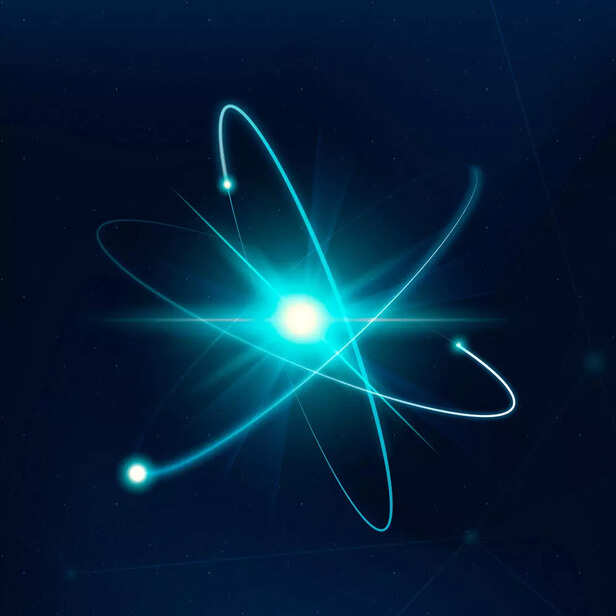
Neutron Stars
These objects are not only mind-bending in density but also incredibly magnetic and fast-spinning. Some neutron stars, called pulsars, emit beams of radiation that sweep across space like cosmic lighthouses, spinning hundreds of times per second.
The universe is far stranger and more fascinating than our earthly minds can easily grasp. These five facts barely scratch the surface of what lies beyond our planet. As telescopes become more powerful and space missions venture farther, we’re bound to uncover even more discoveries that challenge our understanding of physics, time, and existence itself.
So the next time you look up at the stars, remember: the universe isn’t just vast — it’s downright unbelievable.
Explore the latest trends and tips in
Health & Fitness,
Travel,
Life Hacks,
Fashion & Beauty, and
Relationships at
Times Life! Frequently Asked Question:
- Is there really a giant water cloud in space?
Yes! Scientists discovered a massive water vapor cloud around a distant quasar that contains trillions of times more water than all of Earth’s oceans combined. - Can space actually produce sound?
While space is a vacuum with no air for sound to travel, electromagnetic waves from cosmic phenomena can be converted into audible sound, revealing the “music” of the universe.





